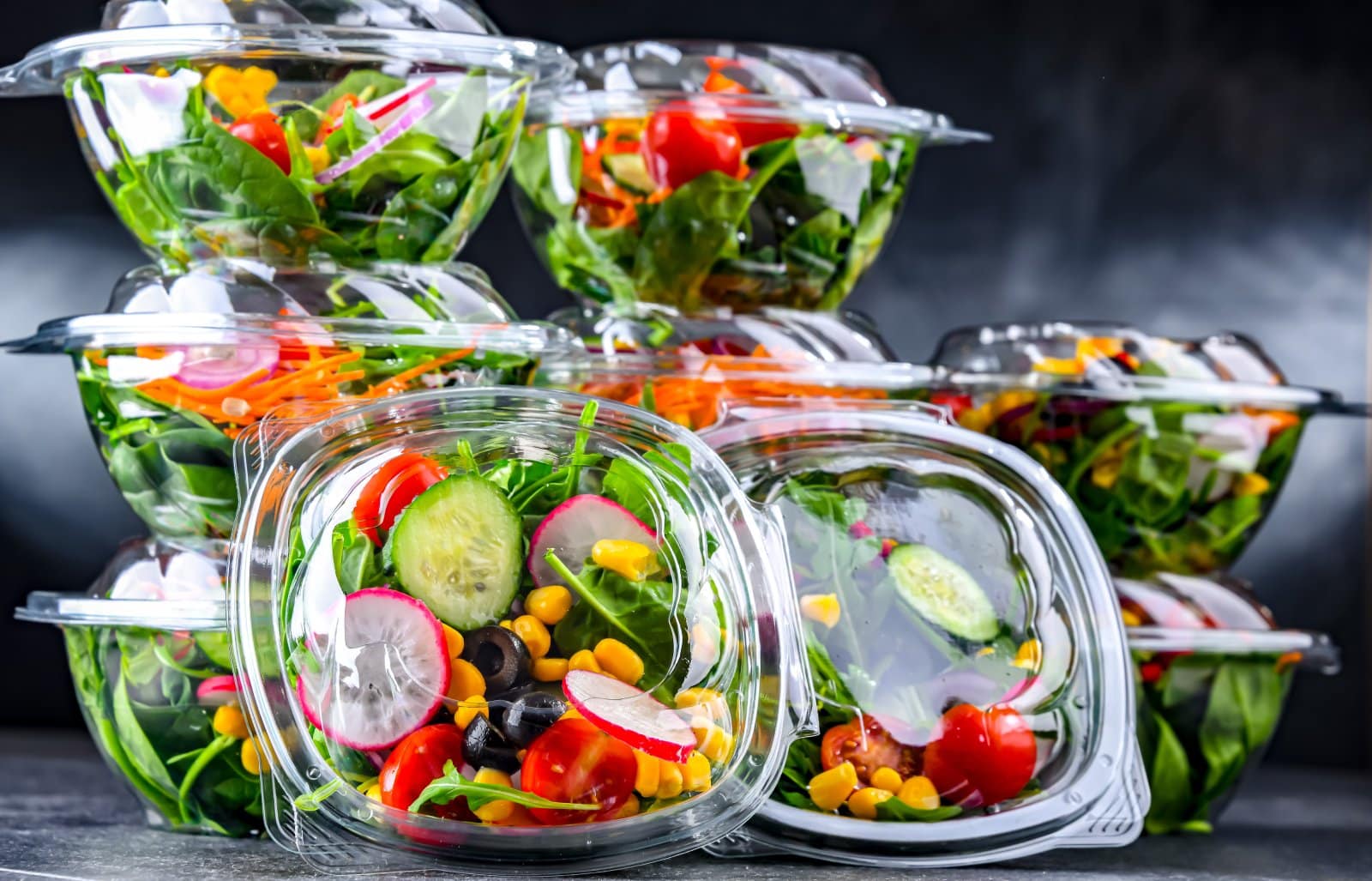Have you ever heard of “food is medicine” programs? Essentially, it comes from the concept that the food we eat directly affects our health and risk of disease. These programs propose that to alleviate the strain on hospitals and healthcare, people should have equal access to healthy foods. Well, these initiatives are currently gaining speed across the U.S. and popping up en masse. So far, however, it’s been an uphill struggle.
The Challenge of Defining “Food-Is-Medicine” Programs

Food-is-medicine programs are gaining popularity across the country, but according to reports, there are a lot of challenges for these initiatives.
Navigating Names

For programs like this to work there needs to be some form of uniformity, but so far organizations can’t even settle on a name – both “food is medicine” and “food as medicine” are being used, depending on preference.
The Name Game

While a name might not seem too important, for a program like food-is-medicine, the name says it all.
Importance of Clear Definitions for Funding

It will be tough for organizations to obtain funding if they can’t offer a concrete definition of what their program is, especially while different programs have taken on completely different forms.
Program Variations

Some programs help people find local food banks, while others focus on people with conditions like diabetes or cancer and their food needs.
Target Demographics

These efforts are mainly aimed at people with Medicare and Medicaid, where food security and nutrition are big concerns.
Financial Strains

Without a clear plan and enough money, there are concerns that some of these organizations might not be able to keep running their programs.
Broad Usage

Josh Hix, co-founder of a company that creates and delivers tailored meal plans for people suffering from chronic illnesses, explained that he thinks the term “food is medicine” has become a meaningless term as its use has widened.
Debate Over “Food Is Medicine” Term’s Meaning

“People use food as medicine to apply to everything from preventative wellness care to inpatient [intensive care units], feeding tubes and everything in between.”
34 Million People Struggling With Food Stability

According to a report from AHIP, a group for insurers, around 34 million people didn’t have enough food in 2021.
Federal Support

Initiatives around the U.S. have been endorsed by Biden’s administration. In 2022, the White House put its support behind the program and encouraged states to apply for 1115 waivers – which would give states the ability to use federal Medicaid funds for new programs that might help people on Medicaid.
Grassroots vs. Large Organizations

Food-is-medicine programs are being offered by organizations both big and small around the U.S., although smaller programs are more likely to face hurdles.
Funding Dynamics

Cash flow is the biggest struggle for many smaller programs, especially as the 1115 waivers require an organization to have non-federal funding to be accepted.
The Rockefeller Foundation

Big organizations, like the Rockefeller Foundation, for example, don’t have the limitations of smaller grassroots efforts. Since 2019, they’ve put $20 million toward fighting food insecurity. And just this January, they pledged another $80 million over five years.
Struggles For The Big Companies

However, although it’s easier for bigger charities and organizations to secure donations, finding stable funding has been a challenge for many.
Data Dilemma

Most tend to go down the route of federal assistance alongside help from insurers, but these often refuse to cooperate unless there’s comprehensive data that can prove their investment will be worth their money.
Evolution of Food-Is-Medicine Programs

Over the years, food-is-medicine’s scope has widened to include offering diet and nutrition help for people with health conditions and those aiming to prevent them.
Health Monitoring

Kaiser Permanente runs these types of programs and monitors how well they work. They found that about a quarter of their 12.7 million health plan members and almost half of their Medicaid recipients struggled with food and nutrition problems last year.
Evidence-Based Approach

Kaiser is also in the process of conducting studies that will track the health of patients, with the aim of proving that food-is-medicine programs actually work.
Rising Popularity

Despite the challenges, initiatives are still spiking in popularity. Recent studies that argue for the program’s effectiveness, as well as big organizations pledging assistance, all point to a future in which food security and health are seen as two sides of the same coin.
More From Elpasony
Tapas Tales: Embark on a Flavor-Filled Spanish Adventure
19 Easy and Healthy Toddler Snacks You Haven’t Tried Yet
Indulge Your Culinary Wanderlust: 15 Foodie Paradises for Every Palate
The post America’s Challenge: ‘Food Is Medicine’ Campaigns Under Pressure first appeared on elpasoNY.com.
Featured Image Credit: Shutterstock / Pixel-Shot.
For transparency, this content was partly developed with AI assistance and carefully curated by an experienced editor to be informative and ensure accuracy.

